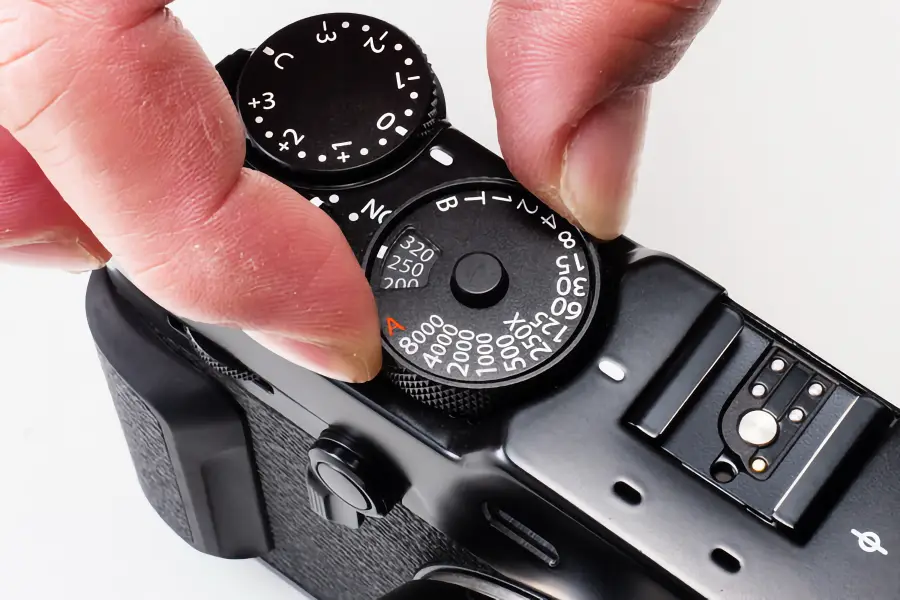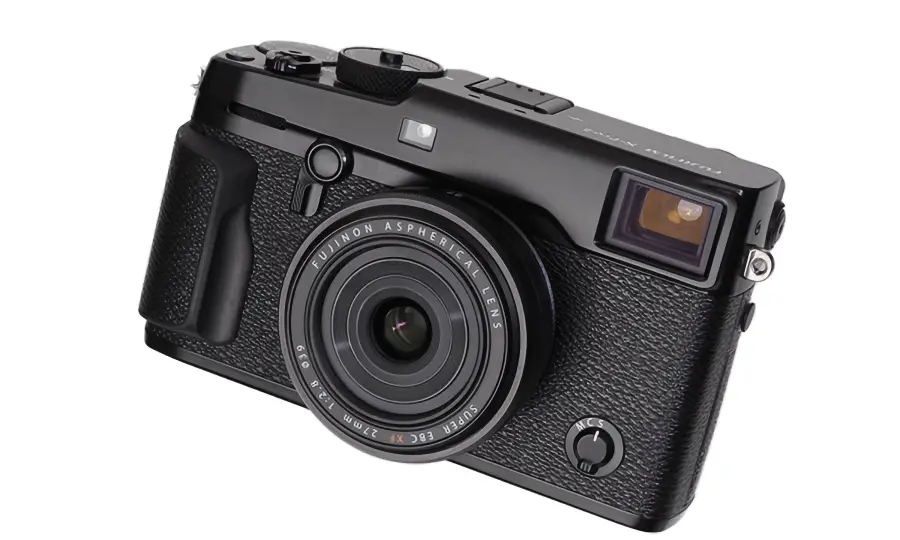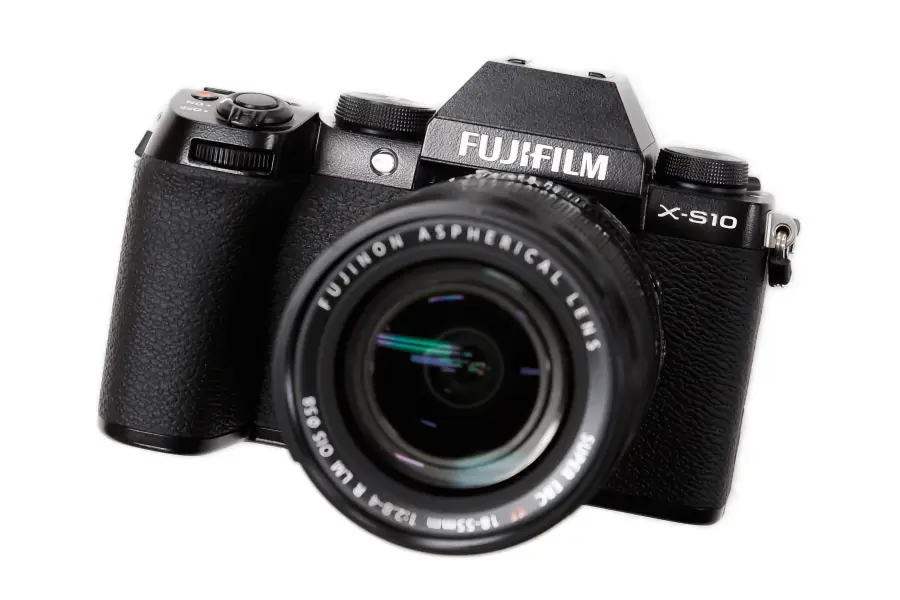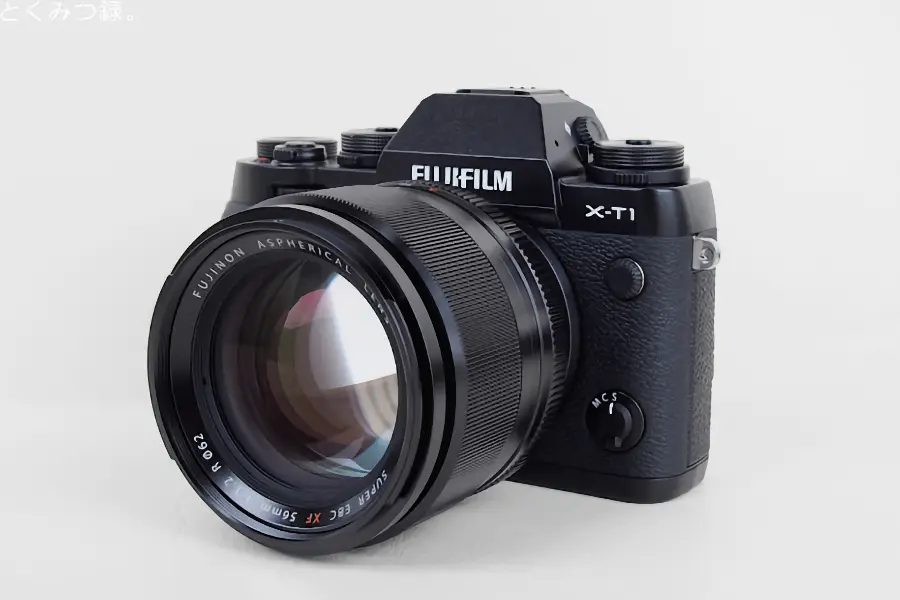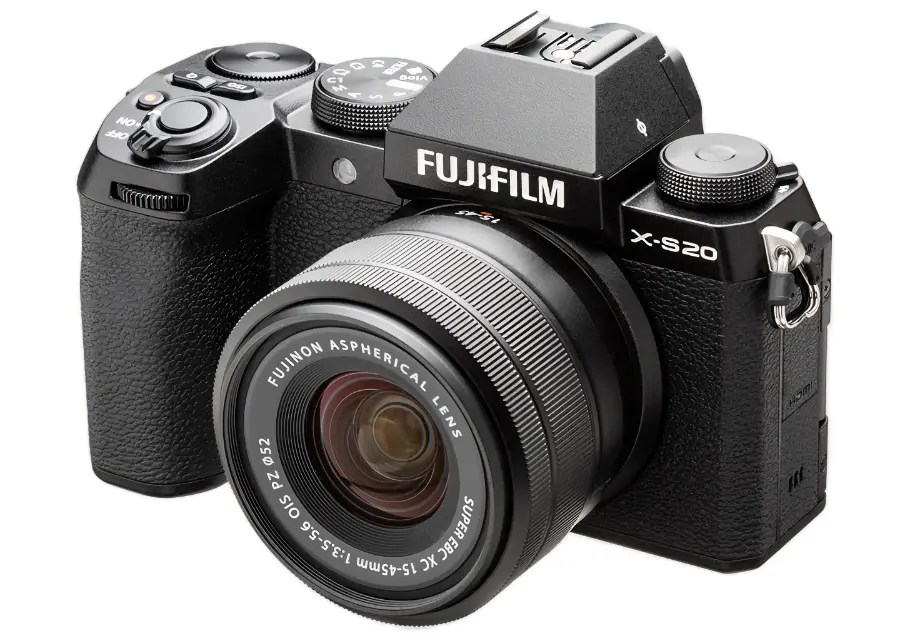
Fujifilm X-Pro3 Key Specifications
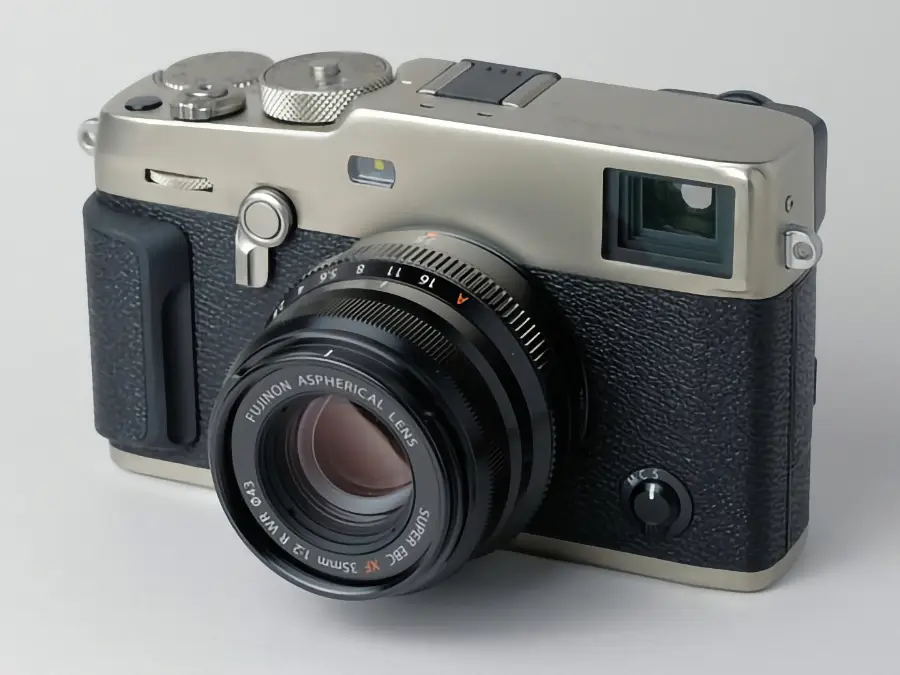
| Specification | Details |
|---|---|
| Sensor | 26.1MP X-Trans CMOS 4 |
| Processor | X-Processor 4 |
| Viewfinder | Hybrid (Optical / Electronic switchable) |
| LCD | 1.62M-dot tilting touchscreen (hidden design) |
| Video | 4K 30p / Full HD 120p |
| Continuous Shooting | Up to 11 fps (mechanical), 20 fps (electronic) |
| Weather Sealing | Yes |
| Body Material | Titanium top/bottom plates |
| Weight | Approx. 497g (including battery and memory card) |
🎨 Unique Design and Classic Appeal
The Fujifilm X-Pro3 continues to captivate photographers even three years after its release. What makes this camera so special? It’s the unique design and classic charm that sets it apart from any other camera in the market.
Rangefinder-Style Appearance
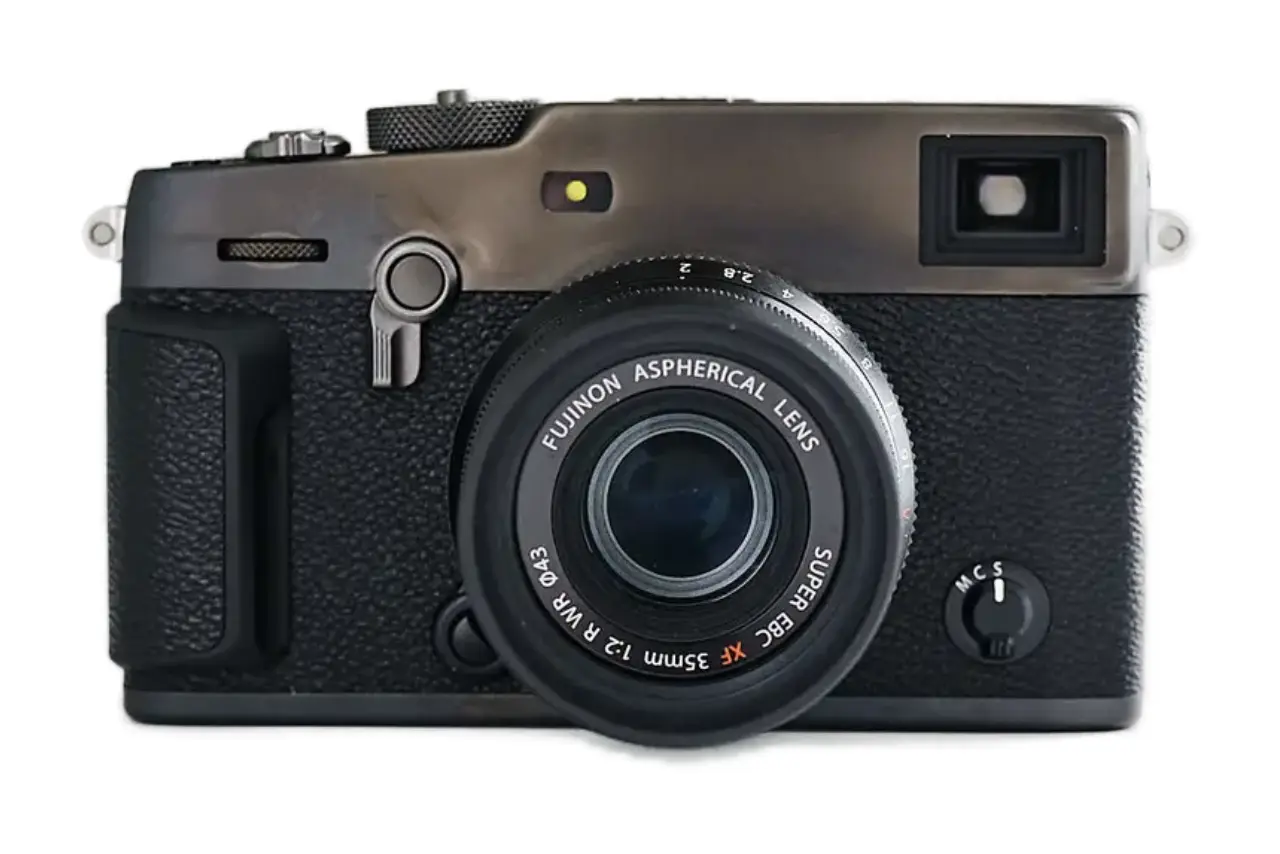
One of the X-Pro3’s most distinctive features is its rangefinder-style design. The black-finished body and side-mounted viewfinder window evoke memories of classic film cameras. This design isn’t just about aesthetics; it offers significant practical advantages during actual use.
Titanium Body Durability
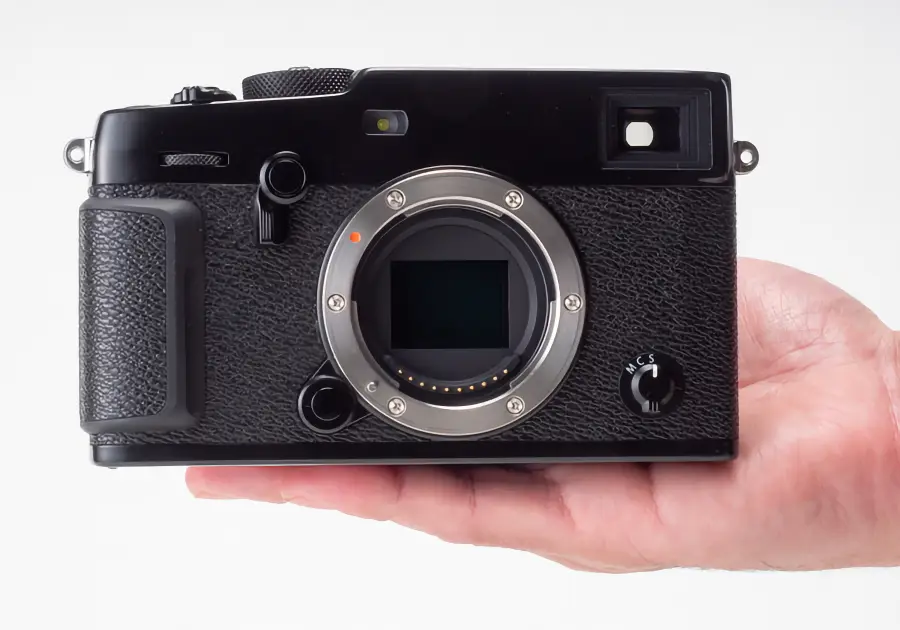
The X-Pro3 employs titanium top and bottom plates for enhanced durability. This construction ensures longevity and withstands professional use conditions. Additionally, its weather-sealed design allows for confident shooting in adverse weather conditions.
Controversial LCD Design
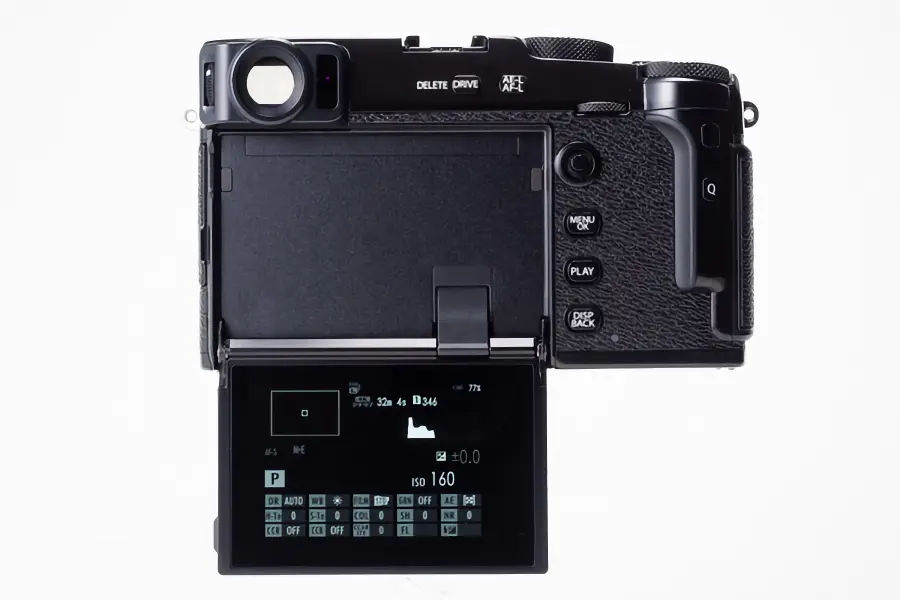
The X-Pro3’s LCD design has sparked considerable debate. Unlike conventional cameras, the LCD screen is hidden behind the camera, requiring it to be folded down for use. While this might seem inconvenient to some users, others appreciate how it encourages focus on viewfinder shooting.
📸 The Appeal of the Hybrid Viewfinder
Another core feature of the X-Pro3 is its hybrid viewfinder. This function allows users to switch between optical (OVF) and electronic viewfinder (EVF) modes.
Advantages of the Optical Viewfinder
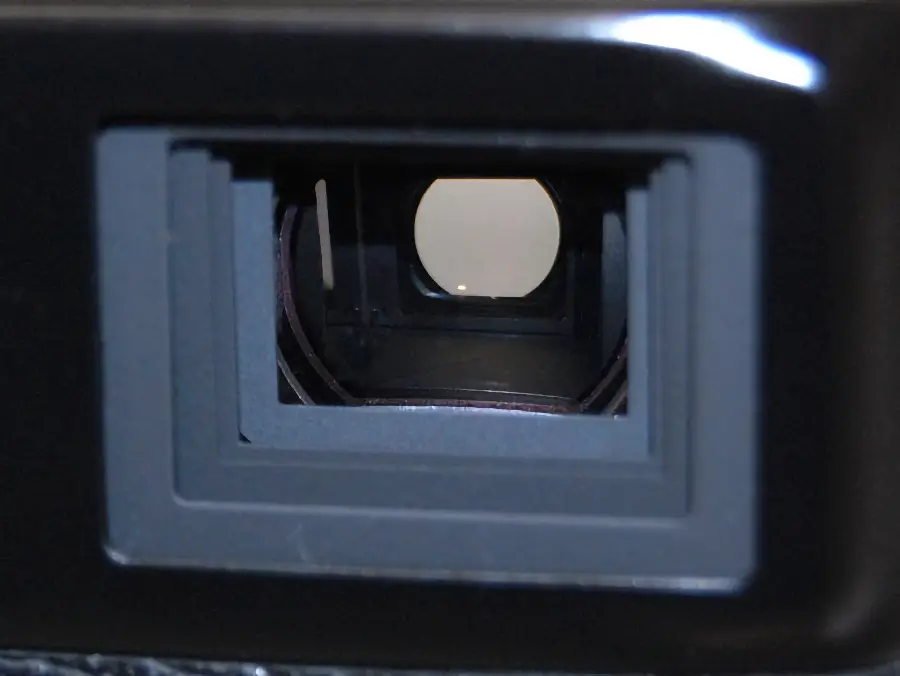
In OVF mode, users get a view similar to what they see with their naked eye. This proves particularly valuable for street photography and documentary shooting, helping photographers maintain awareness of their surroundings. It also consumes less battery power, beneficial for extended shooting sessions.
Electronic Viewfinder Accuracy
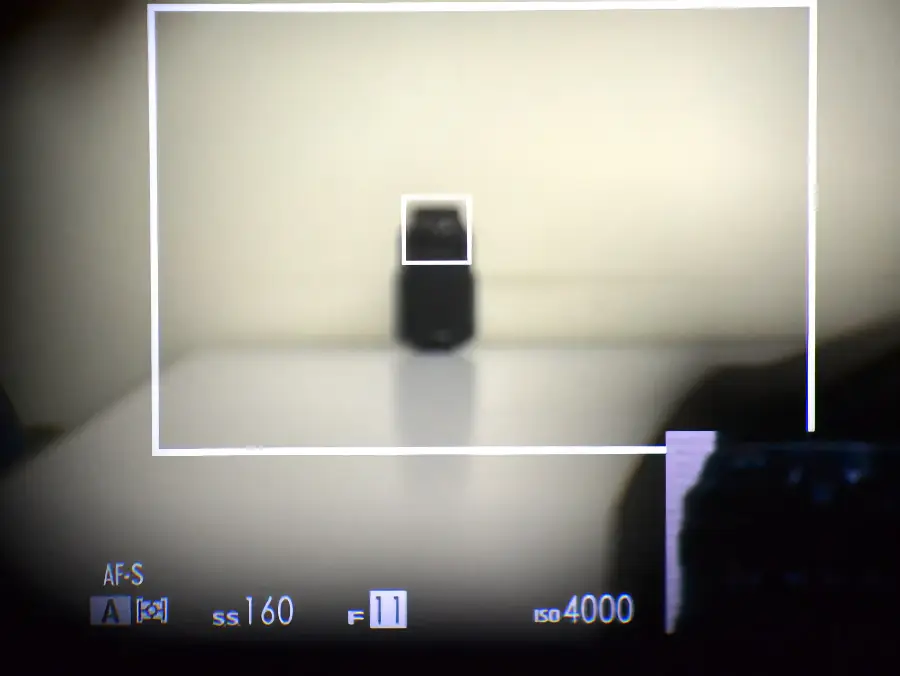
Switching to EVF mode allows users to preview actual exposure and white balance. This aids in precise exposure settings and color reproduction, particularly useful in low-light conditions.
Creative Shooting Possibilities
The hybrid viewfinder opens up more creative possibilities for photographers. The ability to freely switch between OVF and EVF depending on the situation helps create optimal shooting conditions. This feature significantly distinguishes the X-Pro3 from other mirrorless cameras.
🎞️ Classic Negative: Film Sensibility in the Digital Age

One of the X-Pro3’s most compelling features is the ‘Classic Negative’ film simulation. This feature has become a major reason why many users choose the X-Pro3.
Recreating Film Camera Appeal
The Classic Negative simulation recreates the unique colors and atmosphere reminiscent of film camera photography in digital images. This isn’t just a simple filter; it’s a sophisticated simulation based on Fujifilm’s extensive experience in film manufacturing.
The Joy of JPEG Shooting

The biggest advantage of this feature is achieving excellent results without additional post-processing. Users can obtain satisfactory images shooting in JPEG format, significantly reducing post-shooting editing time.
Versatility in Various Shooting Situations

Classic Negative shows its unique charm in various shooting environments. It maintains consistent colors and contrast under different weather conditions - sunny, cloudy, or rainy - creating photos with a consistent style.
📱 Harmony with Modern Features
Despite its classic exterior, the X-Pro3 incorporates the latest technology internally. This represents an excellent balance between tradition and modernity.
High-Performance Sensor and Processor
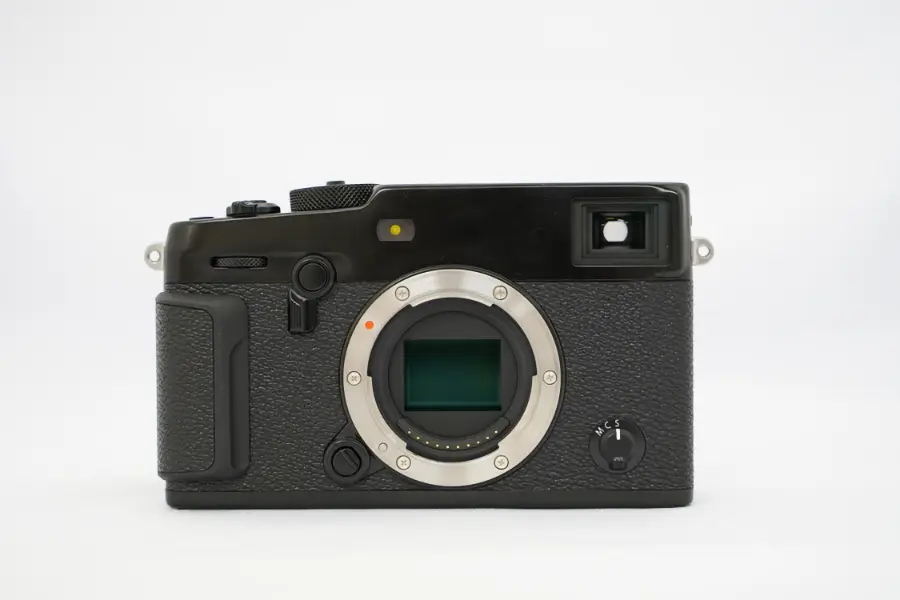
The 26.1MP X-Trans CMOS 4 sensor and X-Processor 4 deliver high-quality images and fast processing speeds. This combination meets the requirements of professional users.
Smartphone Connectivity
Built-in Wi-Fi and Bluetooth enable easy connection with smartphones. This allows for immediate photo sharing and remote shooting, fitting well into modern workflows.
4K Video Recording
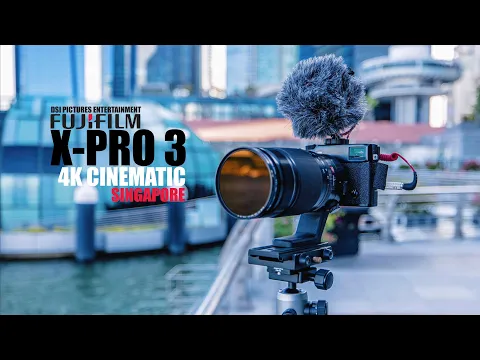
The camera supports 4K 30p video recording for high-quality video production. It also offers Full HD 120p recording for slow-motion video creation.
🔍 Real-World Experience and Feel
Based on over three years of X-Pro3 usage, let me share the actual user experience with this camera.
Comfortable Grip and Operability
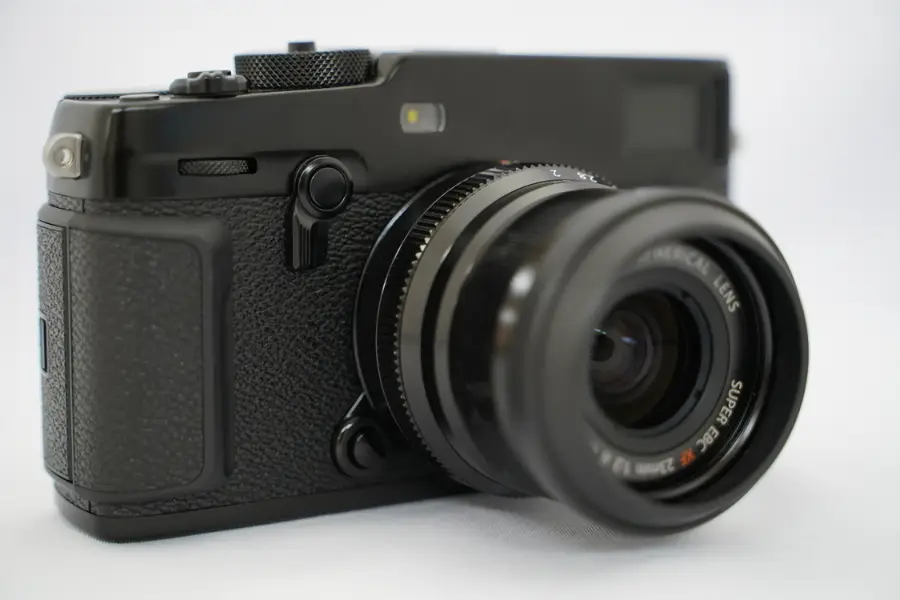
The X-Pro3’s body has an ideal size and weight for extended carrying. The placement of primary control buttons allows for quick and intuitive operation.
Appealing Shutter Sound

The X-Pro3’s shutter sound has a special charm. The moderate volume and subtle vibration when pressing the shutter enhance the joy of photography. This goes beyond mere functionality, creating an emotional connection between the camera and photographer.
Pros and Cons of LCD Usage
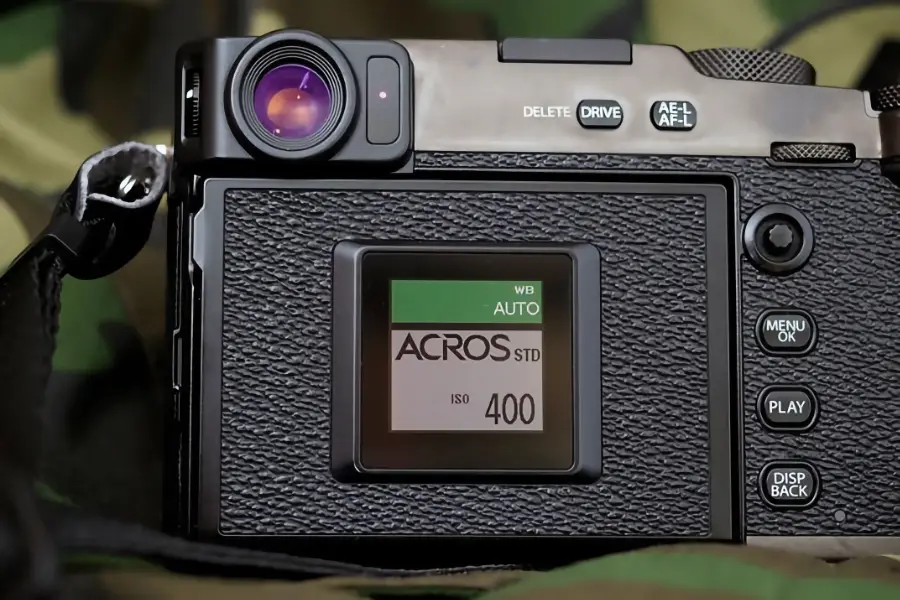
As mentioned earlier, the X-Pro3’s LCD design has clear advantages and disadvantages. In practice, this design allows for more immersive viewfinder shooting but can be inconvenient when using a tripod or shooting from low angles.
📊 Comparison with Competitors
Let’s compare the X-Pro3 with other mirrorless cameras in the same price range to better understand its position.
Sony A7 III vs X-Pro3
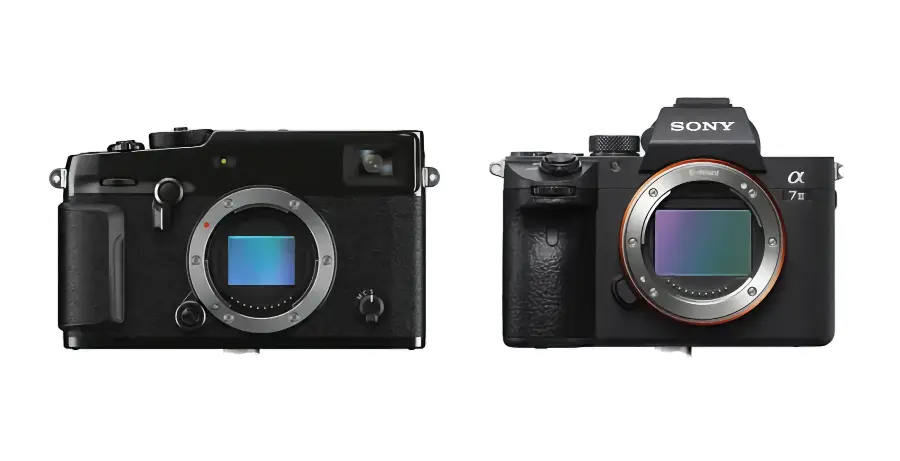
The Sony A7 III, equipped with a full-frame sensor, offers superior high-ISO performance and broader lens selection than the X-Pro3. However, the X-Pro3 distinguishes itself with its unique design and film simulations.
Nikon Z6 II vs X-Pro3
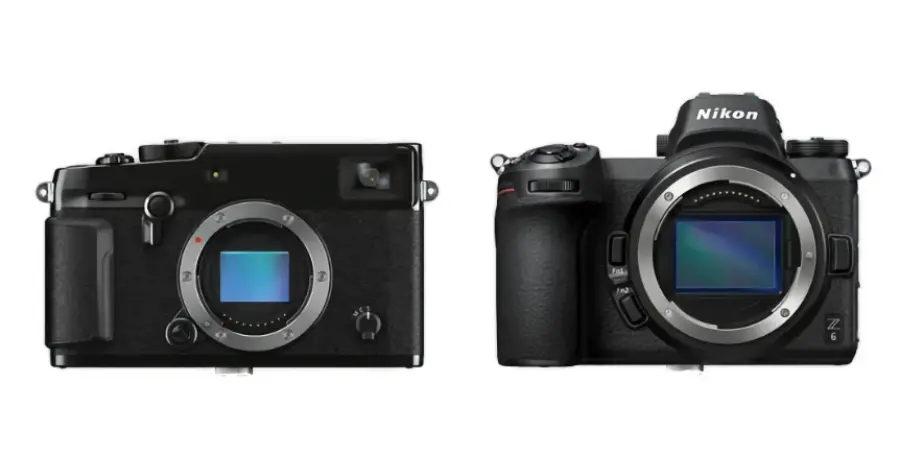
The Nikon Z6 II also features a full-frame sensor and boasts excellent video capabilities. However, the X-Pro3’s hybrid viewfinder and compact body might appeal more to certain users.
Olympus OM-D E-M1 Mark III vs X-Pro3
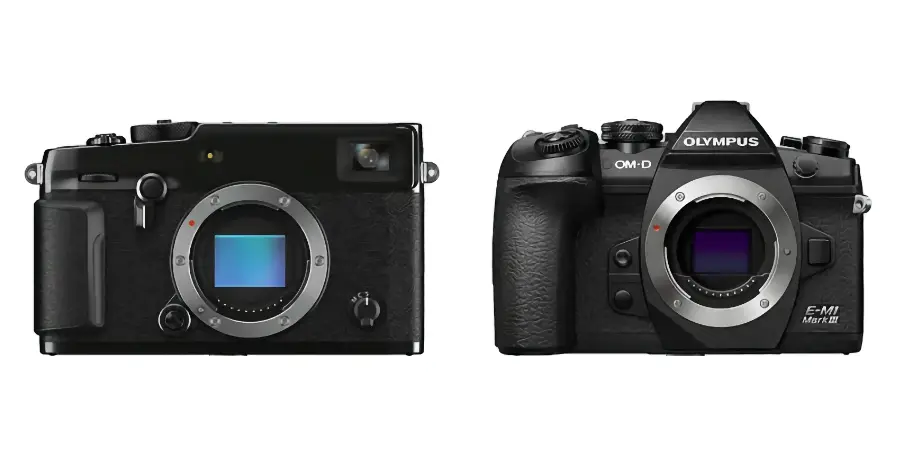
The Olympus OM-D E-M1 Mark III offers a smaller, lighter body with its Micro Four Thirds system. It features powerful image stabilization. The X-Pro3, meanwhile, provides a larger sensor and unique shooting experience.
🎯 Suitable User Profile
The X-Pro3 isn’t for everyone. It’s particularly well-suited for:
Street Photographers

The compact size and hybrid viewfinder are ideal for street photography. Using the OVF helps maintain awareness of surroundings, perfect for capturing moments.
Documentary Photographers

The durable body and intuitive controls suit long documentary shooting sessions. The Classic Negative film simulation helps create distinctive atmosphere.
Photographers with Analog Sensibility
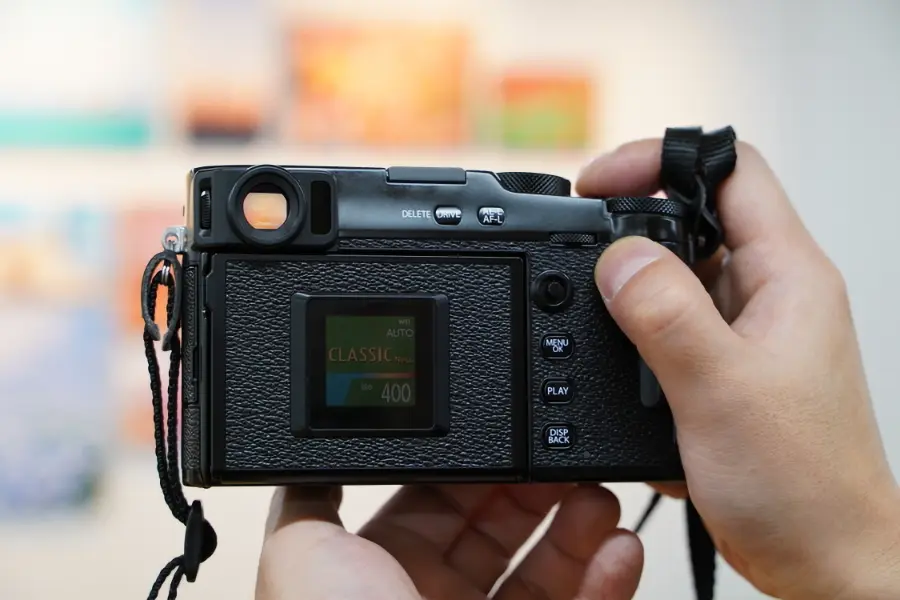
The X-Pro3 is perfect for photographers seeking film camera feel in digital format. Various film simulations and classic operation provide an analog experience.
💡 Future and Improvements for the X-Pro3
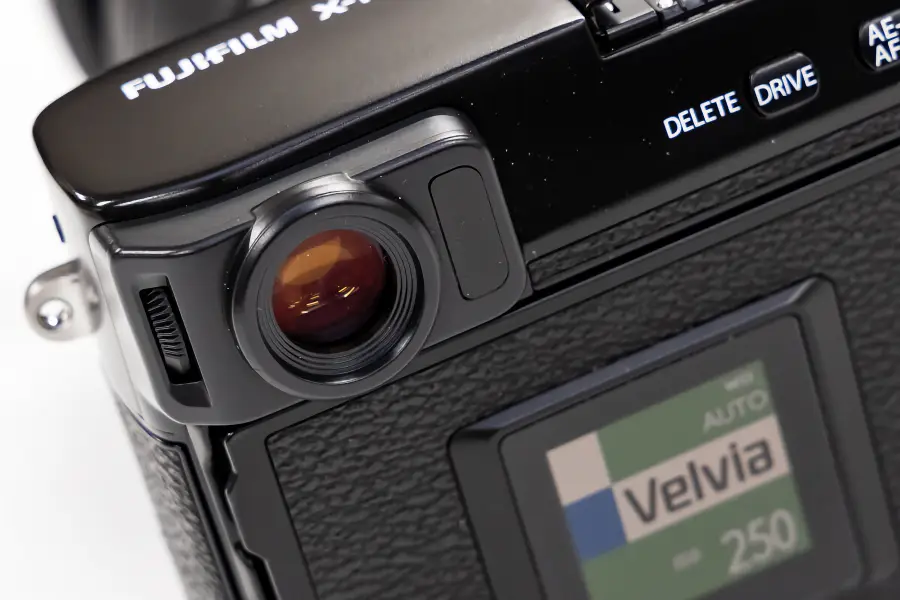
While the Fujifilm X-Pro3 is already excellent, several improvements could make it even better:
Faster Autofocus System
While the current autofocus system is adequately fast, there’s room for improvement compared to latest flagship models. A faster, more accurate AF system would enhance the X-Pro3’s versatility.
Improved Battery Life
Battery life, a common weakness in mirrorless cameras, could be improved in the X-Pro3. A longer-lasting battery would benefit extended shooting sessions.
More Film Simulations
Though currently offering various film simulations, adding more options would expand creative expression possibilities.
🌟 Conclusion: Who is the X-Pro3 For?
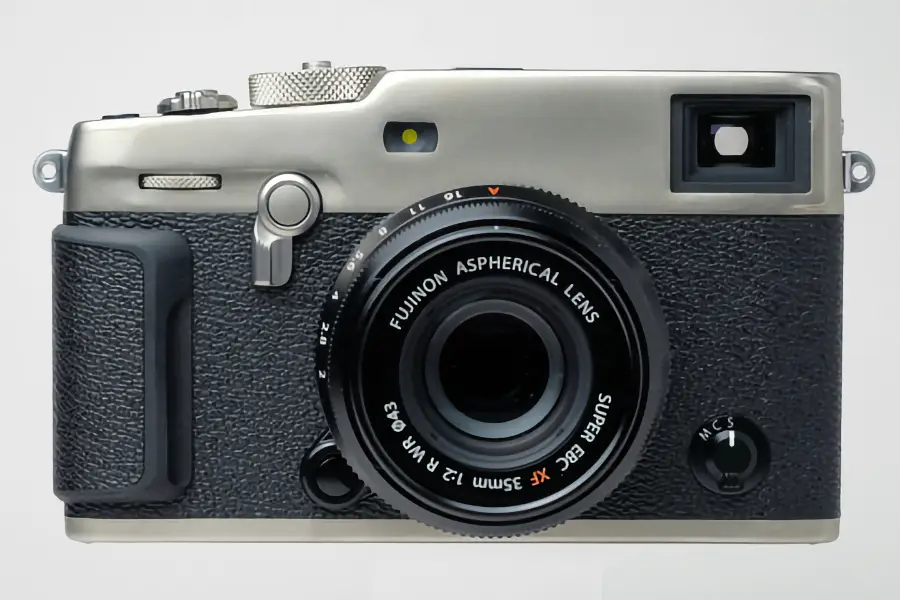
The Fujifilm X-Pro3 is undoubtedly a special camera. After more than three years of use, its strengths and weaknesses have become clearer.
Key Advantages
- Unique and beautiful design
- High-quality image output
- Useful hybrid viewfinder
- Attractive film simulations (especially Classic Negative)
- Durable titanium body
Key Disadvantages
- Controversial LCD design
- Inconvenient usability in certain situations
- Relatively high price point
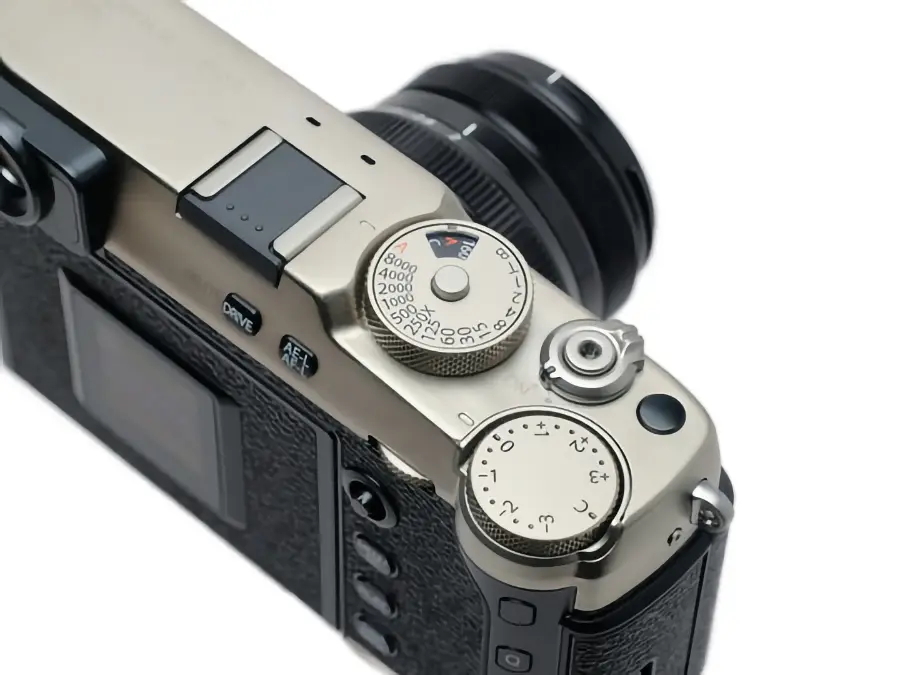
The X-Pro3 is more than just a tool for taking pictures. This camera is particularly suitable for those who enjoy the photography process itself and seek an analog sensibility in their digital experience. It’s an attractive choice for photographers who want a harmony of latest technology and classic design, along with a unique shooting experience.
However, if you’re seeking an all-purpose camera that performs best in every situation, you might want to consider other options. The X-Pro3 is special but better suited for specific user groups.
In conclusion, the Fujifilm X-Pro3 transcends mere specification competition. This camera revives the essential joy of photography and brings analog sensibility to the digital age. If you value these qualities, the X-Pro3 is definitely worth considering.
